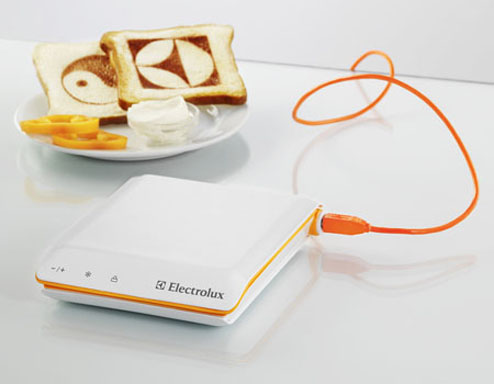 I own a 1890s letterpress, as well as several 40 year old cars, so I clearly have a weak spot for old out-dated machines. I’ve found another article about a shop that fixes typewriters (my other entry about a shop in NYC is here). The article, from the LA Times, includes a very sweet video, showing the shop and the family that runs it, as well as the owner fixing a typewriter.
I own a 1890s letterpress, as well as several 40 year old cars, so I clearly have a weak spot for old out-dated machines. I’ve found another article about a shop that fixes typewriters (my other entry about a shop in NYC is here). The article, from the LA Times, includes a very sweet video, showing the shop and the family that runs it, as well as the owner fixing a typewriter.
![]() The owner says there’s been a small resurgence in people using typewriters. Using a computer tied to the Internet can be overwhelming — too many distractions when you sit down to write something. A typewriter, alone on a table, doesn’t have all the commotion and diversion of a computer. (It’s a toss up for me — could I give up the spelling checker for no distractions?!)
The owner says there’s been a small resurgence in people using typewriters. Using a computer tied to the Internet can be overwhelming — too many distractions when you sit down to write something. A typewriter, alone on a table, doesn’t have all the commotion and diversion of a computer. (It’s a toss up for me — could I give up the spelling checker for no distractions?!)




 One of the problems with making your own books using an ink jet or laser printer is how to print them without lots of fancy software. My first books of my artwork and stories, with two pages per sheet and double sided, required me to devise an often complicated recipe for the order to print the pages. Then I discovered single sheet books. Because they are printed all on one side of a sheet, once I had a template, they were easy to design and quick to print and put together. They end up being small — from an 8-1/2 x 11″ sheet you get a 2-3/4 x 4-1/2″ book — but very easy to work with.
One of the problems with making your own books using an ink jet or laser printer is how to print them without lots of fancy software. My first books of my artwork and stories, with two pages per sheet and double sided, required me to devise an often complicated recipe for the order to print the pages. Then I discovered single sheet books. Because they are printed all on one side of a sheet, once I had a template, they were easy to design and quick to print and put together. They end up being small — from an 8-1/2 x 11″ sheet you get a 2-3/4 x 4-1/2″ book — but very easy to work with.